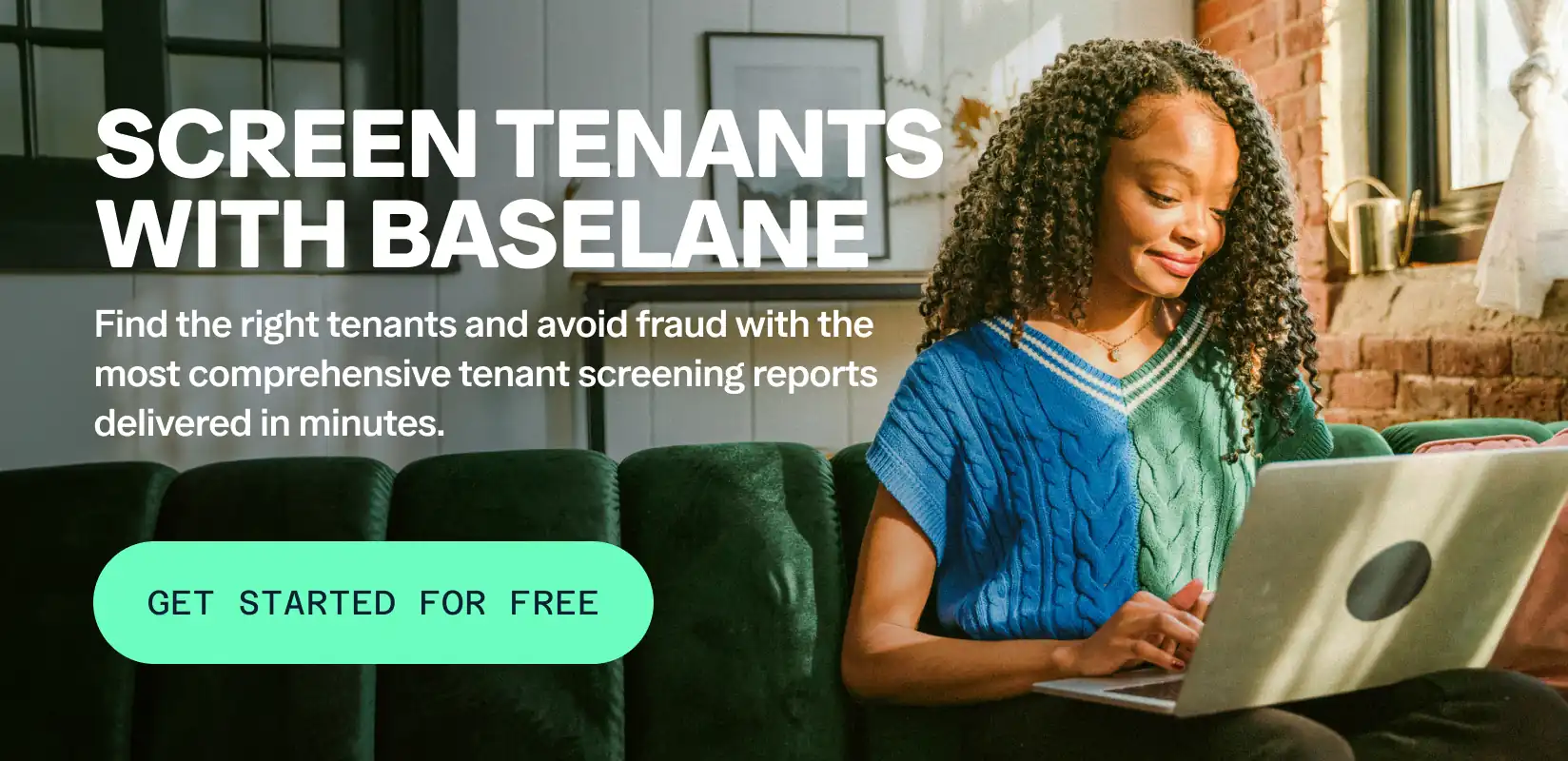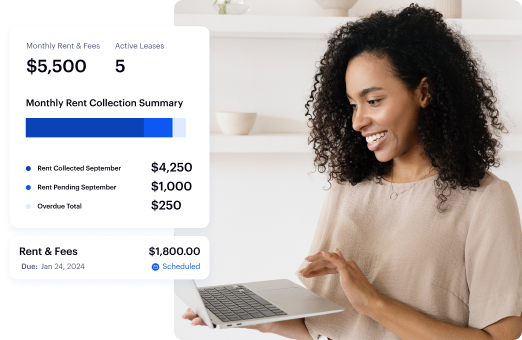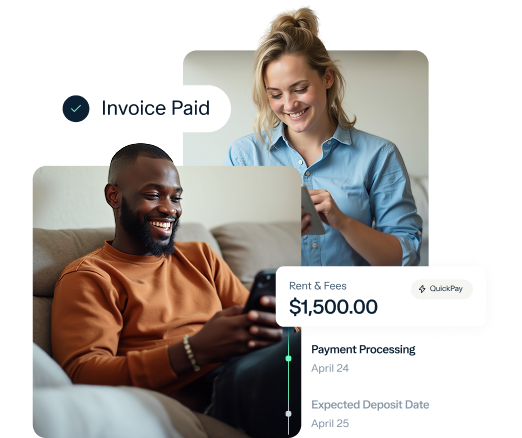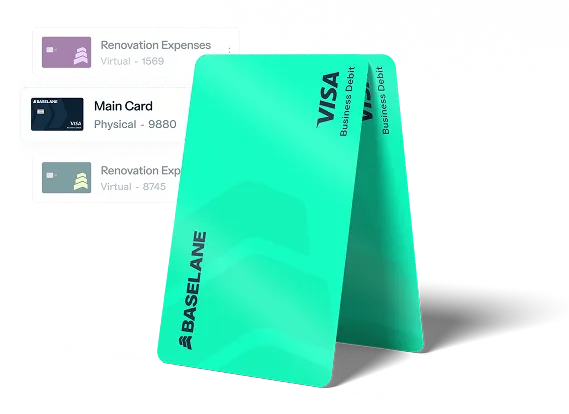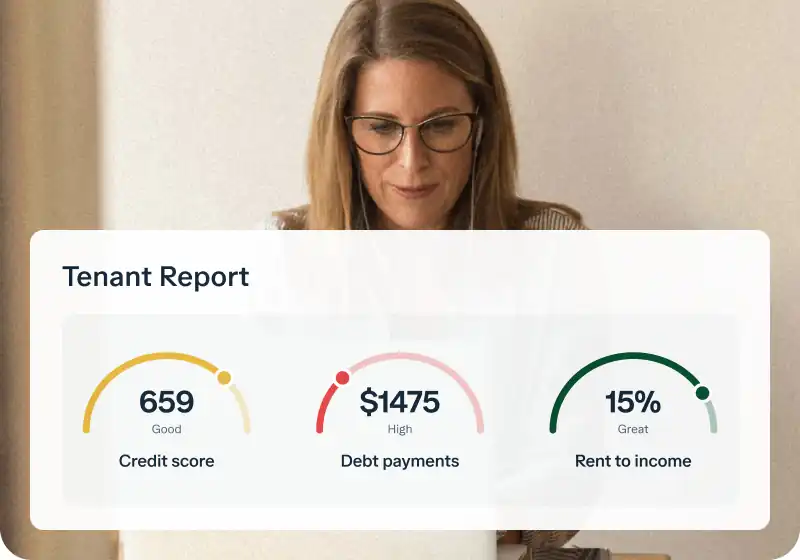The path to building a profitable real estate portfolio is about finding the sweet spot between risk and reward. As a landlord, you face constant challenges: maximizing income, minimizing vacancies, and securing high-quality tenants.
The mid-term rental (MTR) strategy—renting a furnished property for one to twelve months—is the sweet spot you're looking for. This approach is your blueprint for boosting cash flow and attracting reliable, professional tenants, such as travel nurses or corporate transferees.
In this guide, we will walk you through the precise steps to launch a successful MTR business in the U.S.
Key takeaways
- Mid-term rentals (MTRs) provide fully furnished housing for tenants on a weekly or monthly basis, typically lasting between one and twelve months.
- MTRs offer a strong balance of higher potential cash flow than long-term rentals (LTRs) while requiring less operational management time and facing fewer regulatory hurdles than short-term rentals (STRs).
- To start a successful MTR business, you must focus on market selection (e.g., near hospitals, universities, or corporate headquarters), property preparation with quality furnishings, and thorough tenant screening.
- Your medium-term rental agreement is non-negotiable and must clearly detail the lease duration, financial terms (including late fees), property rules, and maintenance responsibilities to ensure compliance and financial security.
What are mid-term rentals?
A mid-term rental business provides furnished living spaces for tenants on a weekly or monthly basis, typically ranging from one to twelve months.
This type of accommodation is ideal for business travelers, digital nomads, university or college students, and individuals in transition seeking a longer-term rental that is shorter than a year-long lease.
What are the benefits of mid-term rentals?
Starting a mid-term rental business offers major benefits than short-term rental and solves the challenges of a long-term rental.
Low turnover costs
Mid-term rentals offer a solid occupancy percentage, which helps maintain a steady stream of rental income.
Less management time and headache
Medium-term rental properties require less management time than long-term rentals, saving you the effort spent on frequent turnovers, cleaning, and guest communications.
High demand leading to higher revenue
Bottom line is that if you’re looking for a way to pursue higher cash flow than a traditional long-term rental, while avoiding the intense management demands and regulatory hurdles of a short-term rental, then mid-term rental is the way to go.
Before we talk how to start your mid-term rental business, let’s discuss how this type of rental model differs from other rentals.
Short-term vs. mid-term vs. long-term rentals: What are the differences?
Short-term rentals
Short-term rentals (STRs), often associated with vacation properties, offer the highest per-night rent but demand the most active management. They usually last for days or weeks and offer potentially higher income per day. This model is best for investors or landlords who want the flexibility and want to capitalize on the peak market demand.
But, the downside is that these types of rentals require active management, often incur high turnover costs, and demand continuous marketing efforts to fill vacancies.
Long-term rentals
Long-term rentals (LTRs) have long been a cornerstone of real estate investment, favored for their stability, low turnover rates, and minimal management requirements. They offer a "set it and forget it" approach for landlords, providing consistent monthly income. However, the fixed nature of multi-year lease agreements prevents landlords from capitalizing on fluctuating market demands and the potential for higher rental income.
Here’s how each of these tenancy length model stack up against each other.
How to start a mid-term rental business
Follow this blueprint to ensure you lay a foundation that prioritizes efficiency and compliance from day one.
Phase 1: Market selection and property preparation
Getting the property and target audience right is the critical first step to ensuring consistent bookings and maximizing your rental cash flow.
- Master the market niche: MTRs thrive in areas with high transitional populations, such as cities near major hospitals (travel nurses), corporate headquarters (relocating professionals), and large universities (faculty or graduate students). Understanding your local need lets you tailor your offerings—for instance, providing high-speed internet is essential for remote workers.
- Source the right property: While any rental unit can be an MTR, properties in desirable, amenity-rich locations will attract higher-quality tenants and justify a premium price point. MTRs often command a higher monthly rate than long-term leases because you’re providing flexibility and a fully furnished unit.
- Invest in high-quality furnishings: Mid-term tenants are looking for move-in-ready convenience. A well-maintained, professionally presented property reduces vacancy time and tenant issues. Don't forget an itemized inventory list for your records—this is crucial for damage claims later on.
Pro tip: To save time and keep your records straight, use virtual accounts in your landlord banking platform to ring-fence the budget for property prep and furnishing costs for your MTR.
Phase 2: Tenant sourcing and due diligence
Finding the right tenant for a short-term commitment can feel daunting, but a systematic approach will help you secure reliable, responsible renters quickly.
We know that tenant quality keeps landlords up at night, but there are highly effective ways to find trustworthy mid-term tenants:
- Go niche with platforms: Don't limit yourself to general listing sites. Explore platforms dedicated to furnished, professional stays, such as Corporate Housing by Owner. Specialized listing sites like Leasebreak and Short Term Housing specifically cater to the MTR demographic.
- Leverage your local network: Reach out to local businesses, HR/relocation services, and university administration. These groups constantly need temporary housing and are a reliable source of high-quality, pre-vetted tenants.
- Screening is non-negotiable: No matter the lease duration, conduct a thorough tenant screening, including credit checks and criminal background checks. This due diligence is critical for your peace of mind and financial security.
- Consider an extended Airbnb stay: While more operationally intensive, many hosts use platforms like Airbnb for stays exceeding 30 days. This provides a built-in payment and review system, which can offset some of the tenant risk.
What to include in a medium-term rental agreement
Here are the key elements your agreement absolutely needs:
Bottom line
You can successfully operate a mid-term rental business by understanding your market, targeting the right audience, and offering well-maintained and appropriately priced properties. But handling mid-term rental finances can get tricky and take up your time.
So, let Baselane help you manage your rental property finances more efficiently. Try it out today!
FAQs
What is the ideal lease length for a mid-term rental (MTR)?
Mid-term rentals typically range from one month to 12 months. This duration is ideal for travelers, students, or those in transition.
Are mid-term rentals better than short-term rentals (STRs)?
MTRs offer higher cash flow than a long-term rental but avoid the intense operational demands and strict regulations of an STR. They offer a higher occupancy rate while requiring less hands-on management time.
Is a mid-term rental considered a passive or active investment for taxes?
For tax purposes, the IRS generally treats MTR activity like traditional rental activity, reporting it on Schedule E. It's typically considered passive unless you provide substantial services or qualify for specific exceptions.
What are the key tax benefits of a mid-term rental?
You can deduct most operating expenses, including mortgage interest, property taxes, insurance, repairs, and the cost of furnishings. You can also claim depreciation on the building over 27.5 years.
What kind of insurance do I need for an MTR property?
You need specialized landlord insurance (or rental property insurance), not a standard homeowner's policy. This policy covers damage to the property, liability claims, and loss of rental income.
Do mid-term tenants need to sign a lease?
Absolutely. Your agreement should clearly detail the lease duration, financial terms (including late fees), property rules, and maintenance responsibilities. This due diligence is critical for your financial and legal security





